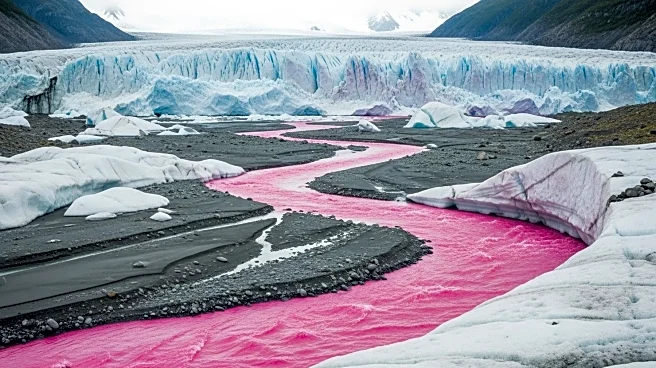What's Happening?
A recent analysis revisits early climate models, highlighting their accurate predictions of global warming and geographical patterns. Developed in the 1960s by Syukuro Manabe and others at the Geophysical Fluid Dynamics Laboratory, these models forecasted key climate changes, including global warming from CO2, stratospheric cooling, and Arctic amplification. Despite their simplicity, these models accurately predicted the magnitude of warming and its distribution across the globe. The analysis underscores the models' role in shaping current climate science and their continued relevance in understanding climate dynamics.
Why It's Important?
The accuracy of early climate models reinforces the credibility of climate science and its predictions. These models laid the groundwork for modern climate research, providing insights into the mechanisms driving global warming. Their success in predicting observed climate changes strengthens confidence in current models and their projections of future climate scenarios. This historical perspective is crucial for informing policy decisions and public understanding of climate change.
Beyond the Headlines
The analysis highlights the importance of scientific persistence and innovation in advancing climate knowledge. It also underscores the need for continued investment in climate research to refine models and improve predictions. The legacy of early climate models serves as a reminder of the value of foundational research in addressing complex global challenges.











